Everything You Need To Know About Breastfeeding
Be Confident
Feeling confident in your own ability to breastfeed is key. One of the major barriers to finding this confidence is that breastfeeding isn’t something we see every day – so naturally, it seems a little alien and daunting. To help normalise things, watch videos, follow breastfeeding influencers and hashtags about breastfeeding support and visit a local breastfeeding drop-in group, too.
Know It’s Not All On You
It’s a common worry that breastfeeding automatically means the parenting load is all on you and that anyone else will struggle to bond with the baby. Remember, breastfeeding is the only thing that can’t be done by others. Bathing the baby, changing nappies and getting the little one dressed are all great opportunities for bonding.
Remember, Problems Have Solutions
If things get tricky, there is help available and there is no shame in asking for it. Finding informed, objective and compassionate support is often crucial to success. Look for certified breastfeeding counsellors, La Leche League (LLL) leaders, or an International Board-Certified Lactation Consultant (IBCLC) for guidance.
Go With The Flow
While some babies will naturally show feeding cues from early on, this rarely lasts. It's far more common for young babies to feed at randomly spaced times during a 24-hour period. Responding to their cues and needs as well as your own – for example if your breasts are engorged – you’re more likely to establish a good milk supply and stress less.
Get The Oxytocin Going
Try the hypno-boobing effect. Start by taking three slow breaths, allowing the outward breath to be a little longer than the inward breath. Take a few moments to check in with your body and notice any areas that are tense. Take a deep breath in, and on the outbreath, consciously let these go. Snuggle your baby on your chest, sniff their head, feel their body rising and falling as you breathe, and repeat some affirmations such as “I am proud of everything my body does for me and my baby” and “I am proud of the mother I am”. It works wonders.
Aim For A Good Mouthful
Our instincts tell us to line the baby up so their mouth is right opposite the nipple. However, if the nipple is opposite the mouth, they won’t bother to open their mouth wide, since there is no incentive for them to do so. They’ll end up sucking on the nipple like a straw instead, which is likely to be painful and ineffective. When the nipple is lying opposite the nose, the baby’s rooting reflex will drive them to tilt their head back a little, reach up towards the nipple, open their mouth wide and bring their tongue forward. This ensures they’ll get a good mouthful of actual breast tissue with the nipple, not just the nipple itself, which is essential for things to be comfortable and easy. Make sure there’s a decent landing pad available for your baby too. If your clothes, bra or fingers are too close to your nipple and areola (the dark bit around the nipple), the baby won't be able to open their mouth properly. If you have large breasts, you may want to try rolling up a muslin or scarf and tucking it underneath. This can help lift the breast away from your tummy and make it easier for you to position the baby.
Lean Back
Rather than sitting bolt upright, shuffle your bottom forwards a few inches, place a small cushion in the small of your back and then lean back into the chair or sofa so that your upper back and shoulders can relax. If you are leaning back a little, your body will provide some support for your baby. Try bringing your baby’s hips down to sit over your leg, too. This will help them feel relaxed, stimulate their reflexes to feed, take some of the weight off your arms and means you don’t have to faff about too much (or at all) with cushions or pillows.
Don’t Forget, We’re All Different
There are no hard and fast rules for breastfeeding. When it comes to feeding your baby, women only have two things in common: milk and breasts. After that, anything goes. Every woman has a different milk flow in terms of how much milk our breasts can store and how much comes out of the nipple. And then of courses there’s the baby. Are they really hungry or just after a quick pick-me-up? How old are they? What kind of mood are they in – distracted, hot, sleepy, over-excited, upset? All these things (and more) make it impossible to find one formula to suit everyone. As a rough guide, feeds are generally between five and 45 minutes and if they consistently fall outside of this then it’s worth having an assessment to check how things are going. It’s also always worth offering up the second breast at a feed until you and your baby find a groove.
Never Compare Your Supply
Once milk production has been fully established by around two-four weeks after birth, the volume of milk a mother produces hardly changes for the next five months or so, even though the baby should double its birth weight. The composition of the milk changes depending on the age and requirements of the baby. Formula milk is the same mix of ingredients each day and therefore a baby will gradually need more and more of it as the weeks go by. So, if you see a formula fed baby having a bottle and find yourself doubting how your supply will possibly keep up, take a breath – nature has this one sorted.
For more information visit VanessaChristie.com
Here Are Vanessa’s Breastfeeding Products To Know…
Breast Pads
These are thin, absorbent pads you wear inside your bra to soak up any leaking milk and protect your clothes. Some women get through boxes of them and others find they never need a single one. This isn't a reflection of your ability to make enough milk for your baby, so don’t panic if you find you’re not using them. Disposable breast pads are one of the many things that end up in landfill, so if you can, invest in a few washable ones, which tend to be made from organic bamboo or cotton flannel. They are super-soft and more comfortable to use.
SL Recommends: Lansinoh Washable Nursing Pads, Pack of 4, £6.99, JohnLewis.com
Nipple Shields
Using a silicone nipple shield can help prevent soreness in the early weeks. While they can be useful – especially if it feels like you have no choice but to continue breastfeeding, have a break and express, or stop completely – they don't resolve the underlying cause of the pain, which is usually a poor latch. If you do feel the need to use them, it's generally better to err on the side of caution and use them only for a short a time with the support of a breastfeeding specialist.
SL Recommends: Medela Medium Nipple Shields, Pack of 2, £9, JohnLewis.com
Sterilising
If you are needing to sterilise any feeding equipment, this can be done in a pot of boiling water or using cold water steriliser tablets like Milton Steriliser Tablets, (£2.50, Boots.com). Otherwise, people find microwave steam sterilisers very easy to use. They’re quick and don’t use any chemicals.
SL Recommends: Avent Microwave Steriliser, £34.99, UberKids.com
Breast Pumps
Expressing is not an essential or necessary part of breastfeeding if your baby is feeding well and you're happy with the way things are. If you do express, you may find simply using your own hand works best. Many hospitals, community teams and breastfeeding groups even have pump rental schemes where you can access devices known as Hospital-Grade Pumps (the best in the business) either for free or at minimal cost. If you are going to get anything at all, cheap silicone manual breast pumps can be super handy in the early days, as an alternative to hand expressing for colostrum or to gently ease any severe engorgement. Just be wary not to overdo it as breast pumps can lead to over-supply. The strength of the motor in a standard electric or battery-operated pump doesn't tend to be as strong as a hospital-grade one, so these devices are more suitable to use further down the line (if you are going back to work, for example).
SL Recommends: Medela Swing Double Breast Pump, £250, Medela.co.uk
Nipple Creams
In the early weeks, applying a nipple cream to keep the area well moisturised can help with soreness. The most common ingredient in these creams is lanolin, a natural moisturiser derived from shorn sheep wool. It works a treat and you don’t have to remove it from the nipple before a feed. Other options include creams that are vegan-friendly and contain ingredients such as calendula, coconut oil and shea butter. Breast milk itself also does a great job – and it's free.
SL Recommends: Lansinoh Lanolin Nipple Cream, £10.49, Boots.com
Compresses
Cooling gel compresses worn inside the bra can be incredibly soothing, and they help to prevent infection and create the right healing conditions for any nipple damage.
SL Recommends: Multi-Mam Compresses, £11.50, ExpressChemist.co.uk
Silver Cups
Silver is both anti-bacterial and anti-fungal and these solid cups, worn inside the bra between feeds, can help speed up nipple healing. Research on them is currently limited: some women rave about them, while others find they have little effect.
SL Recommends: SILVERETTE Silver Nursing Cups for Sore Nipples, £42, Amazon.co.uk
Breastfeeding Bras
Your breasts will most likely change size again after you've had your baby, so don’t splash out on fancy bras while you're pregnant. The majority of nursing bras are wireless, but some now come with flexible and gentle wire support, which is designed to move with your changing shape and minimise the risk of blockages. It’s best to avoid these in the first couple of months of breastfeeding, and women who are prone to mastitis should steer clear completely. Different brands use different clip systems (like hoops, magnetic fastenings or ones that remind you which boob you’ve used last) so it’s a case of personal preference. But remember, the bigger the space, the better. Keep the night feeds in mind too, and invest in a few comfy night bras (these are more of a crop-top style), to give you support in bed, and keep any breast pads in place. All in all, look for comfort, ease of use and a good fit.
SL Recommends: Hotmilk Projectme Warrior Underwire Nursing Bra, £38.99, Figleaves.com
Breastfeeding Pillow
These are an optional part of the breastfeeding kit, but some women swear by them. If you can, borrow one from a friend, or just use a normal one from home, as often you'll only use them for the first few weeks. Some form of pillow or cushion can be useful if you have twins or have had a caesarean birth. With time, practice and the proper support, feeding will get much easier and you might not want the extra hassle of carrying a pillow around.
SL Recommends: Nobodinoz Sunrise Stella Organic Cotton Breastfeeding Pillow Midnight, £44, En.Smallable.com
Feeding Tech
Living in the times we do, it’s not a surprise to find technology has made it into the world of breastfeeding. These apps can be useful in those early, sleep-deprived days to help you keep track of feeds and which breast you last fed from.
SL Recommends: Baby Feed Timer and Breast Start, download here
Breastfeeding-Friendly Clothes
While there are lots of brands now creating tops, dresses and jumpers for feeding, you don’t have to spend much, or any, money on them if you don’t want to. Having a couple of breastfeeding vests helps if you don’t want to expose your tummy when lifting up a jumper or top – Isabella Oliver has a good selection. Otherwise, think about button-fronted or loose tops and dresses with easy access from the top down.
SL Recommends: Isabella Oliver, ClaryAndPeg.co.uk
DISCLAIMER: We endeavour to always credit the correct original source of every image we use. If you think a credit may be incorrect, please contact us at info@sheerluxe.com.

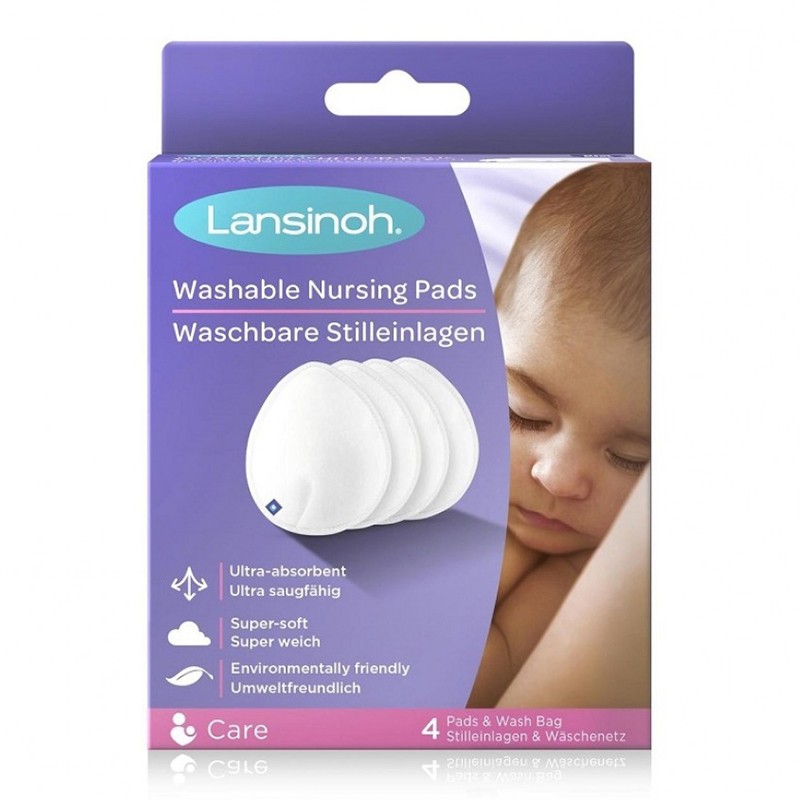
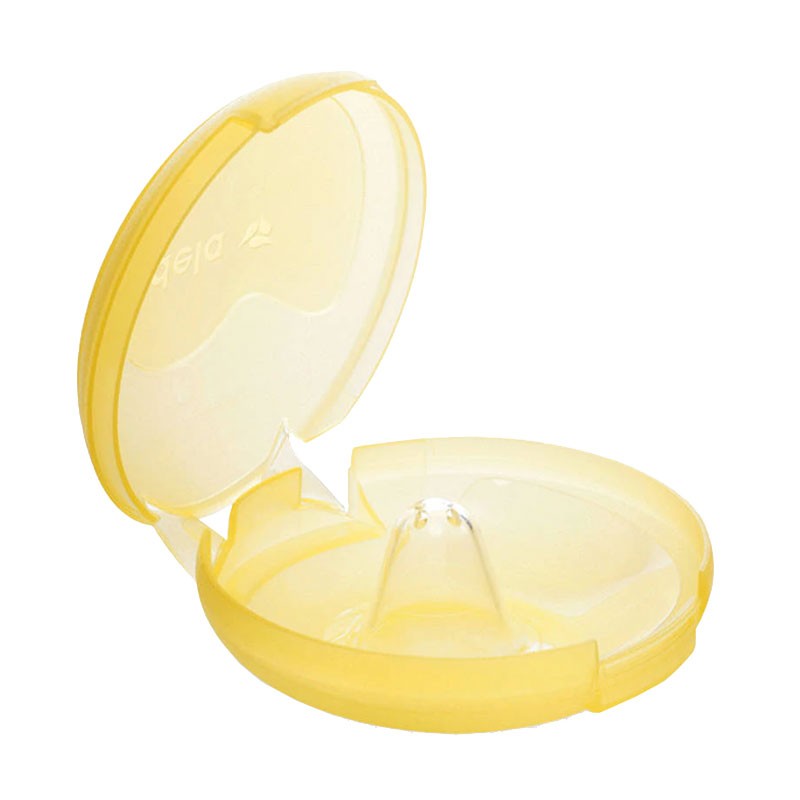
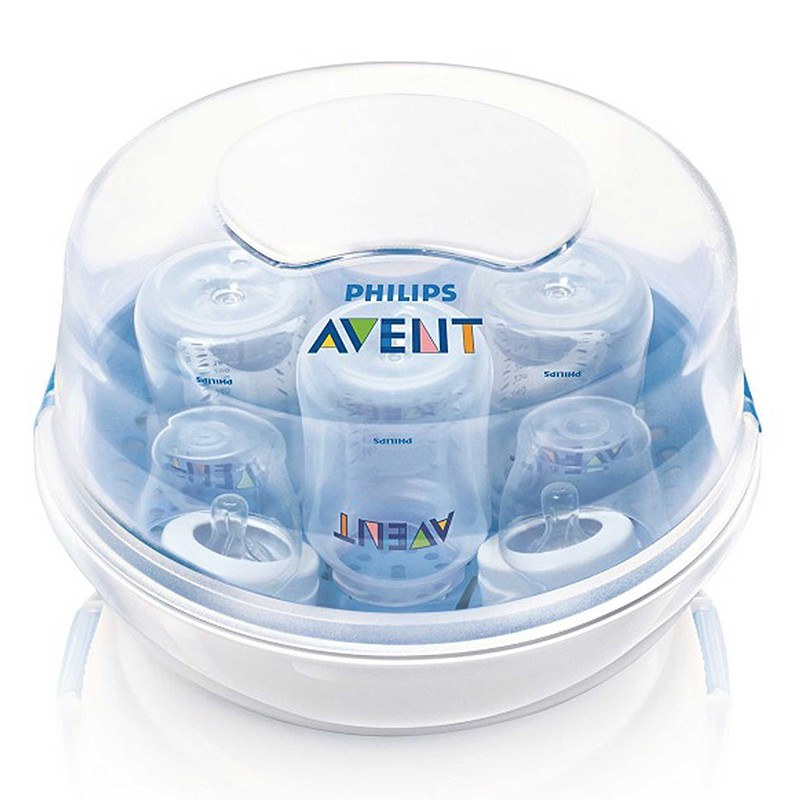
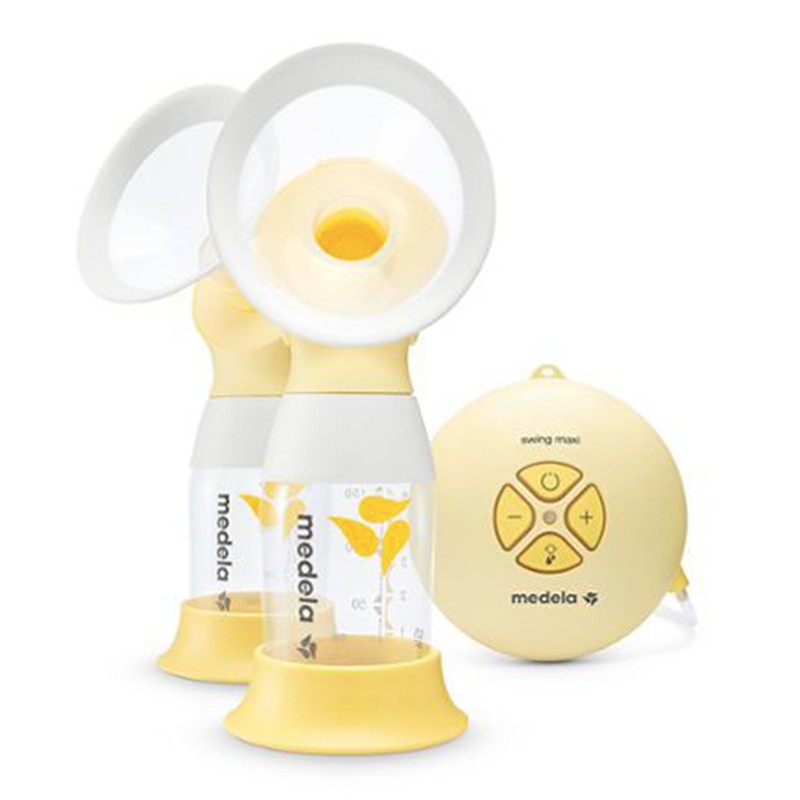
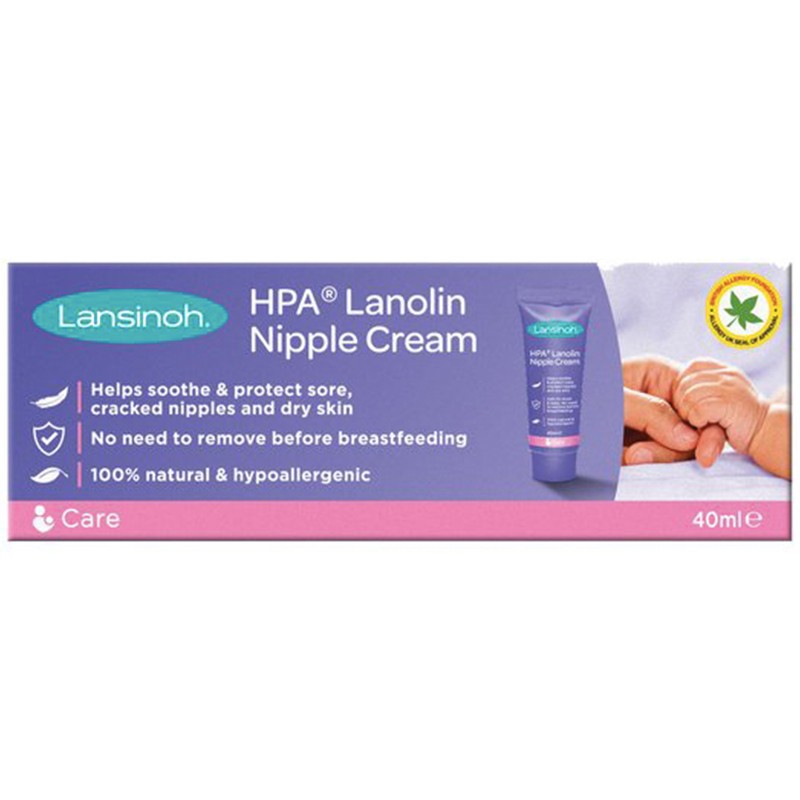

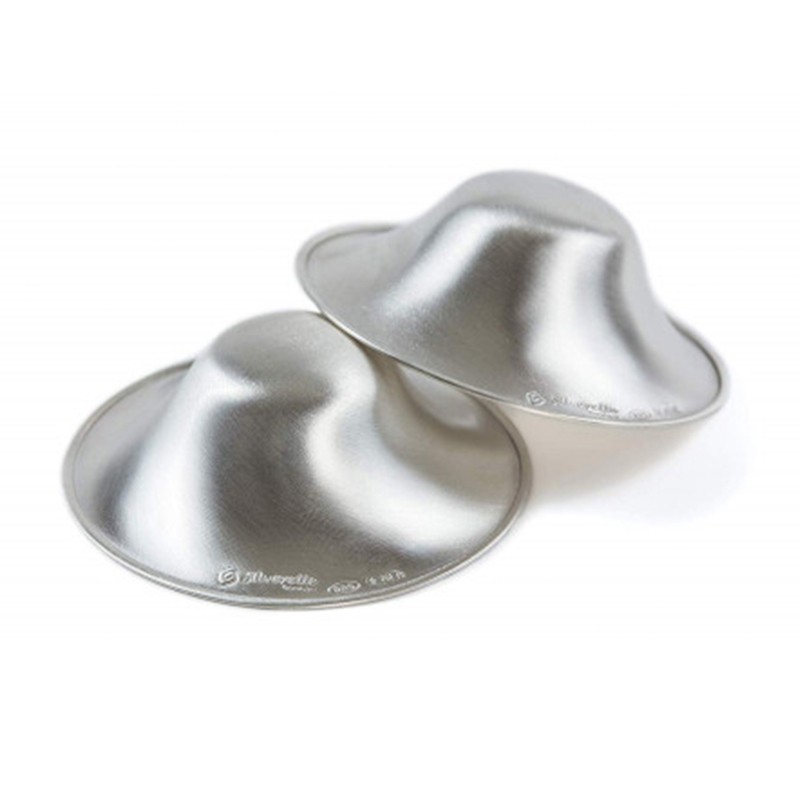
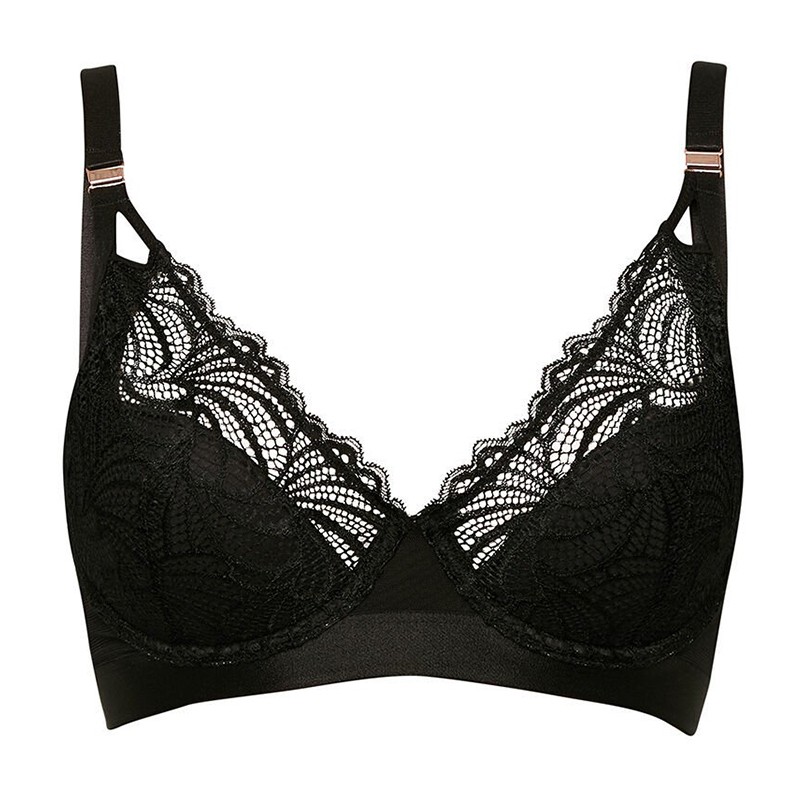
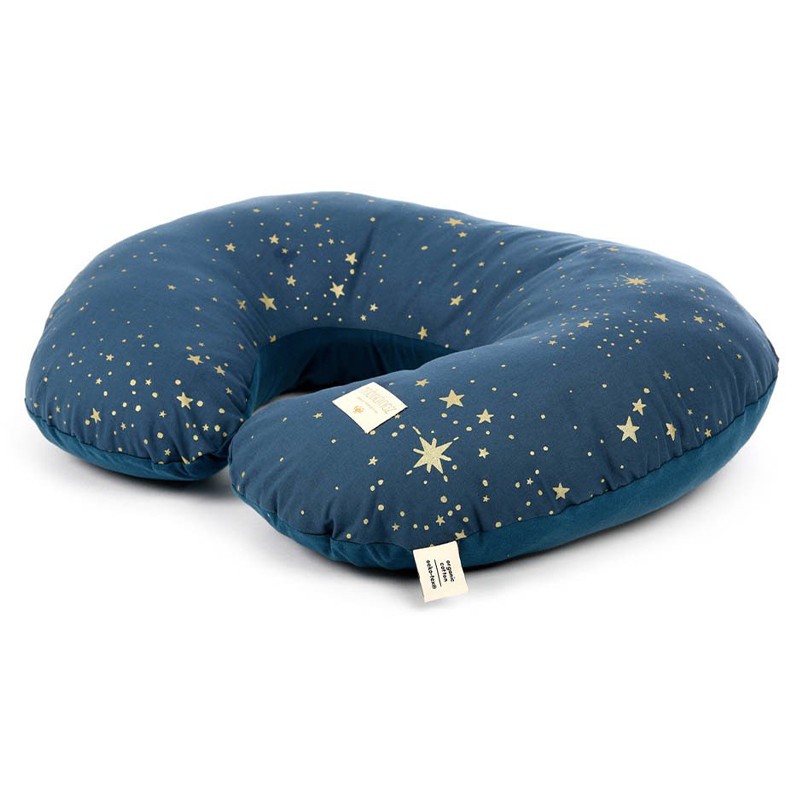


/https%3A%2F%2Fsw18.sheerluxe.com%2Fsites%2Fsheerluxe%2Ffiles%2Fwebsite-images%2F2025%2F04%2Fnew-parenting-background-image.jpg?itok=rRrLkJpg)